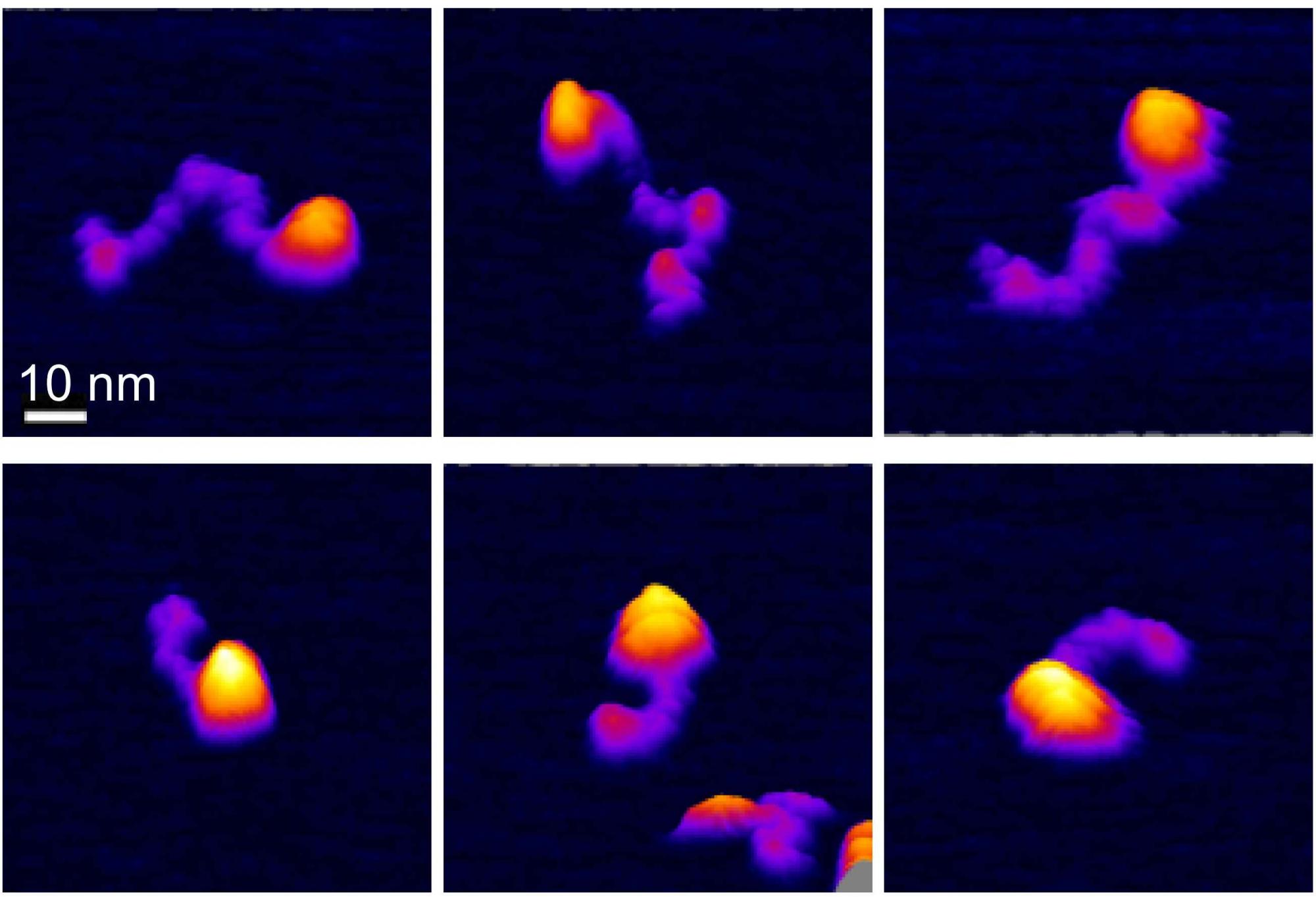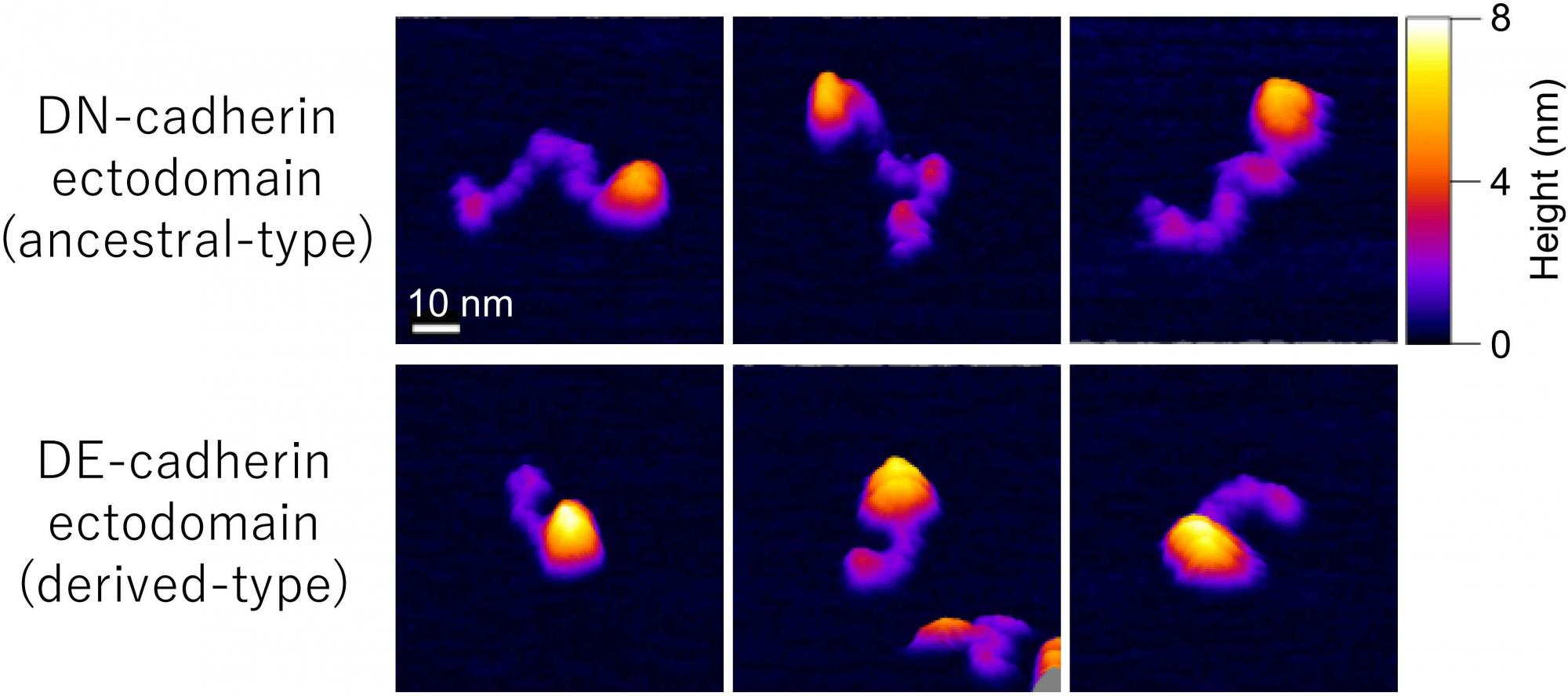Publication List

Shigetaka Nishiguchi and Hiroki Oda
Structural variability and dynamics in the ectodomain of an ancestral-type classical cadherin revealed by AFM imaging
J Cell Sci (2021) , Volume134, Issue 14 (Open Acess: CC BY 4.0)
Visualization of ancestral long cadherin by atomoic force microscopy
Classical cadherins constitute a family of Ca2+-dependent cell-cell adhesion molecules that contribute to the construction and maintenance of the multi-celllular animal body. Despite the fundamental importance of this molecular family, they exhibit a great diversity in the domain composition and organization of the ectodmain depending on the phylogeny. Previous work has suggested that long cadherins that are present in the insect nervous system and echinoderm epithelial tissues reprenset the ancestral state in bilaterian metazoans, whereas shorter cadherins that are present in the insect epithelial tissues and vertebrate tissues are the results of evolutionary domain losses. The fruit fly Drsoophila melanogaster has two classical cadherins, one of which is ancestral, known as DN-cadherin, the other is derived, known as DE-cadherin. These two cadherins provide good examples with which we can investiagte the strucutral and functional relationships between the ancestral and derived states of classical cadherin.
In this work, we successfully purified DN- and DE-cadherin ectodomains and visualized their molecular morphologies using high-speed atomic force microscopy(HS-AFM). We showed that the DN- and DE-cadherin ectodomains exhibit a common morphological framework consisting of a strand-like and a globule-like portion (Fig. 1). The strand-like portion of the DN-cadherin ectodomain is hihgly variable, having at least three bendable sites. Combined with results from functional assays, our data suggested the possibility that, in both DN- and DE-cadherin ectodomains, bending of the strand-like portion might be involved in the core mechanisms of cell-cell adhesion (Fig. 2). It is possible that part of the ancestral mechanims might have been succeeded to the derived mechanims.
In this work, we failed to observe cadherin molecules that have trans interactions refleting homophilic adhesion capabilities. The difficulties we have confronted should be overcome by further efforts.
An interview with the first author Dr. Shigetaka Nishiguchi appeared in the same issue of the journal.
Fig. 1. Imaging by high-speed atomic force microscopy (HS-AFM)

Fig. 2. Comparison of the structural and functional features between DN- and DE-cadherin ectodomains.

News
